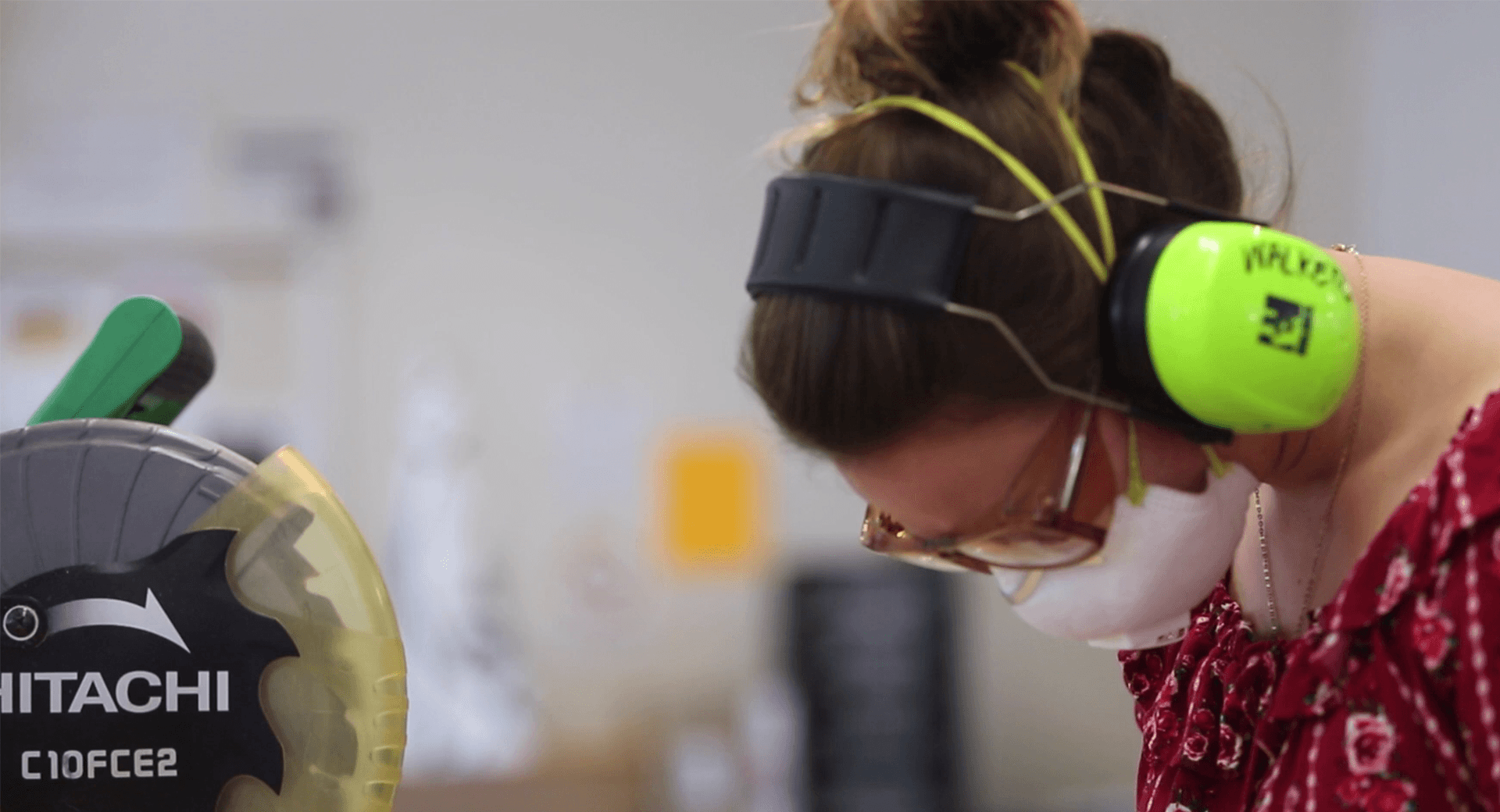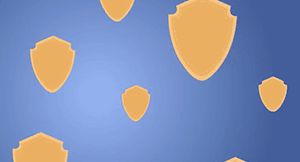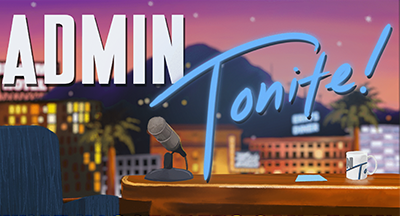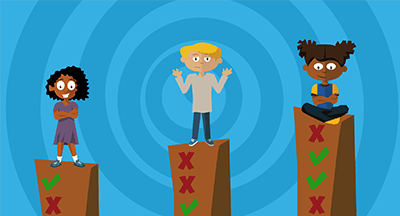Project-Based Learning is a Perfect Developmental Match for Teens
BY Erin Werra
From the onset of early adolescence around age 12 through the early 20s, students experience a series of developmental milestones which move them from childhood to adulthood. One of the most exciting changes occurs in the way students solve problems. Students’ capacity for problem solving and abstract thinking blossoms.
They become better at daily planning and decision-making. They possess the capacity for understanding the consequences of their behavior and planning (although they are not always consistent in applying this ability). At this stage, students are also incredibly self-centered. They are building identity. They are exploring their options. This stage is not all positive growth—teens are impulsive, and at risk for negative habits and behavior to eclipse their development.
Knowing what we already know about this stage in human development, and the stakes for guiding teens in the right direction, it’s tempting to let the fear of failure guide the structure of education and discipline. Yet school is beginning to shift from something “done to” kids toward a more natural approach for engaging kids in a more informational, less industrial setting.
What if school was also structured in such a way that both acknowledged the freedom teens so crave and harnessed their developing abilities to keep them from substances and behavior that mimics that rush of accomplishment and joy?
(No pressure.)
Building a project rubric
Project-based learning demands invention from the very beginning. School leaders and teachers come together to build a process that not only allows projects but prescribes an airtight way to measure.Tie back to subject or a set of standards. The context gives a natural building point to creating and measuring against a new rubric.
Create requirements for students to meet along each step from concept to production.
Figure out how students will be held accountable. Will they need to produce artifacts, written records, or presentations to prove their progress?
Have students tie their own concepts back to a subject or standards. This is when creativity can create some wiggle room: could an art project have roots in a historical concept? Can a student prove they have mastered language arts through songwriting? The abstract thinking required in blending subjects is exactly the type of practice teenage brains require to build their problem-solving and critical thinking skills.
Emphasize the evolutionary nature of the project. In an exciting twist, teens can also be famously rigid and stubborn. If projects and processes don’t match teens’ expectations, frustration may erupt.
Collaborate with students to develop the rubric and allow students’ voices to influence the process.
Build in student agency
Students have a voice and agency in what they decide to learn about and how they decide to prove learning occurred. They control the rate of work, keeping in mind they must meet agreed-upon requirements in the rubric. Students choose their own style of learning and creating. They may choose to work in a group or individually. And rubric requirements may slightly overrule some of these decisions—perhaps, for example, it is non-negotiable for students to share process updates for peer feedback.Emphasize idea incubation
Students are still working toward a set of requirements. Project-based learning is still school. In the early stages, to ensure students are taking their assignment seriously, structure the initial idea as an opportunity for measurement.As students come up with ideas for what they would like to study, and perhaps what their final deliverable will be, consider incorporating a peer evaluation process. This keeps the teacher further removed and ensures students are fully engaged with the project. And again, remind students: You don’t know exactly where this might take you—but you will make progress.
Describe the process to demonstrate progress
Checking in with progress throughout the term period helps students learn the discipline to keep themselves on track. They constantly work to tweak and adjust their learning and development of their project and talking about their process of making changes as they learn more helps demonstrate how learning occurs to other students. Since students aren’t all studying the same thing, the learning process seems all that more dramatic as they listen to their peers’ experience.Share the benefits
Teachers and parents also benefit from project-based learning.Project-based learning allows students to exercise an incredible amount of agency, to learn consequences of decision-making, to manage their own schedules, to practice measuring their own progress, and ultimately to follow their own closely held passions.
How does it help teachers?
It lowers the pressure. Arguably, teachers are pulled in more directions, but there’s no longer an expectation for a single person to devise a project that engages a roomful of teens (an ask on par with miracle-working). Increasingly, kids want to do their own thing. Many have demonstrated capability in entrepreneurship, activism, art, volunteerism, and more. Their projects are increasingly personal. Students may choose to tackle resume building for a future career, new skills, community presentations, or their own mental health.How does it help parents?
Parents see their students learning WHAT they need to learn and HOW to learn it. They’re deeply interested in their students’ progress, and they’re curious about how it will all work out—after all, this version of high school probably looks way different than their own. Luckily, students are asked from the get-go to explain and justify their chosen subjects and progress. This makes curious conversations more comfortable for students. Teens can be confident in their own passion project, and parents are impressed with their development.Teens, by nature, will never stop pushing boundaries and challenging the limits of their own environment. They’re intrinsically wired to do so. However, if schools can recognize and guide that limitless passion into productive learning, the sky is the limit for this crucial moment of development. The teens are all right.
Follow-up resource: See project-based learning in action
See how one district made project-based, customized learning work at scale.WHAT'S NEXT FOR YOUR EDTECH? The right combo of tools & support retains staff and serves students better. We'd love to help. Visit skyward.com/get-started to learn more.

|
Erin Werra Blogger, Researcher, and Edvocate |
Erin Werra is a content writer and strategist at Skyward’s Advancing K12 blog. Her writing about K12 edtech, data, security, social-emotional learning, and leadership has appeared in THE Journal, District Administration, eSchool News, and more. She enjoys puzzling over details to make K12 edtech info accessible for all. Outside of edtech, she’s waxing poetic about motherhood, personality traits, and self-growth.




